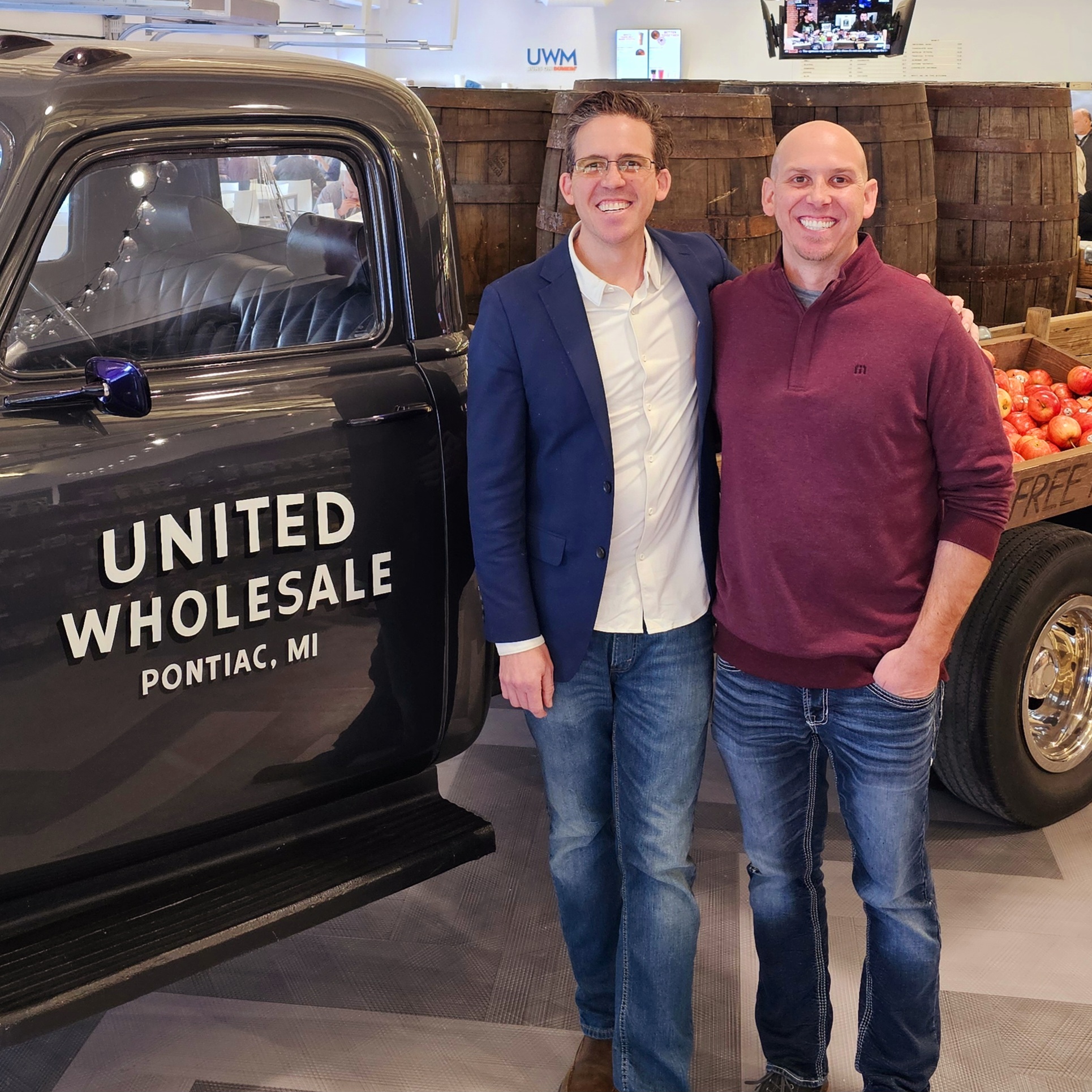How to purchase a more expensive home with a reverse mortgage
Senior homeowners looking to age in place typically prioritize amenities that enhance safety, accessibility, and comfort. Here's a list of such amenities:

- No-Step Entry: A home without steps at the entrance to accommodate wheelchairs and walkers.
- One-Level Living: A single-story layout to avoid the need for stairs, featuring the bedroom, bathroom, kitchen, and living area all on one level.
- Wide Doorways and Hallways: At least 32 inches wide doorways and 36 inches wide hallways to accommodate wheelchairs and walkers.
- Accessible Bathroom Features: Walk-in showers with grab bars, higher toilets, and a vanity that can be accessed from a wheelchair.
- Non-Slip Floors: Flooring materials that reduce the risk of falls, such as carpet or slip-resistant vinyl.
- Lever Door Handles and Rocker Light Switches: Easier to use for people with limited hand dexterity.
- Pull-out and Pull-down Shelving: In kitchens and storage areas to make items more accessible.
- Bright Lighting: Increased lighting and task lighting to accommodate aging eyes.
- Emergency Alert System: Systems in place to call for help in case of a fall or medical emergency.
- Low Maintenance Exterior and Landscape: Durable siding materials and easy-care plants to reduce the need for upkeep.
These features can make a significant difference in a senior's ability to live independently and safely in their home.
A reverse mortgage can enable someone to purchase a more expensive home than the one they currently own by using a Reverse Mortgage for Purchase (also known as a Home Equity Conversion Mortgage for Purchase or HECM for Purchase).
This financial tool allows individuals, typically seniors aged 62 or older, to buy a new home without having to pay all cash or take on a traditional mortgage with monthly payments.
Here’s how it works:
- The buyer sells their current home and uses a portion of the proceeds as a down payment for the new home.

- They then take out a reverse mortgage on the new home for the remaining balance.
- The reverse mortgage covers the rest of the home’s cost, and the buyer does not have to make any monthly mortgage payments.
- Instead, the loan balance, which includes the borrowed amount plus interest and fees, becomes due when the borrower sells the home, moves out permanently, or passes away.
- The amount that can be borrowed with a reverse mortgage is based on the age of the youngest borrower, the value of the new home, and current interest rates. It’s important to note that the borrower must still pay property taxes, homeowners insurance, and maintain the home to FHA standards.
This type of mortgage can be beneficial for those looking to downsize to a more manageable home, move closer to family, or simply relocate to a home that better suits their needs in retirement, all while preserving some of their savings and not taking on traditional mortgage payments.
In a divorce scenario, seniors can use the equity from the sale of their home to purchase two different homes using reverse mortgages in a couple of ways:
- Sell and Split: They can sell their current home and split the proceeds. Each person can then use their share as a down payment for a new home and finance the rest with a reverse mortgage.
It’s important to note that the specifics of how this would work can vary depending on the divorce agreement, the equity in the home, and the eligibility of both individuals for a reverse mortgage.
Interest rates play a crucial role in determining how much a senior can borrow through a reverse mortgage. Here's how:
-
Impact of Interest Rates: Reverse mortgage loan amounts are influenced by several factors, including the borrower's age, the home's value, and the prevailing interest rates. Lower interest rates generally increase the borrowing power because they reduce the amount of interest that accumulates over the life of the loan, allowing for a larger initial borrowing amount.

-
Borrowing Power Increase: When interest rates are lower, the expected rate used to calculate the principal limit (the maximum loan amount) is also lower. This means a larger portion of the home's equity is available to the borrower upfront.

-
Interest Accumulation: A lower interest rate slows the rate at which the loan balance grows over time. This potentially leaves more equity in the home in the long run, which can be important if the homeowner or their heirs want to sell the home and repay the reverse mortgage.
-
Loan Limits: It's also important to note that reverse mortgages have a maximum limit set by the government (for Home Equity Conversion Mortgages, or HECMs, this limit is set by the FHA). Even if low interest rates would allow for a larger loan amount based on home equity and age, the loan amount cannot exceed these limits.
In summary, yes, lower interest rates can help increase the borrowing power for seniors seeking a reverse mortgage, allowing them to access more of their home's equity or reducing the rate of interest accumulation on their loan balance.
It’s crucial for anyone considering a reverse mortgage for purchase to understand the costs, obligations, and implications of such a loan. Consulting with a financial advisor and a reverse mortgage counselor can provide personalized advice and ensure that this financial decision aligns with their long-term goals and financial situation.

Christopher Gibson
NMLS #1910430 | C2 Financial Corp NMLS #135622
Call me: 720-449-6622
Email me: C@ChrisRayGibson.com






